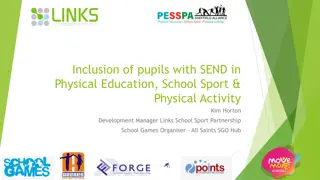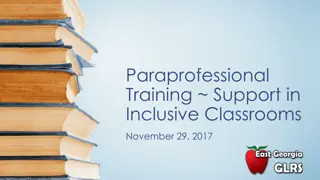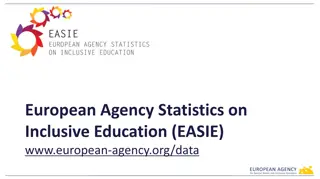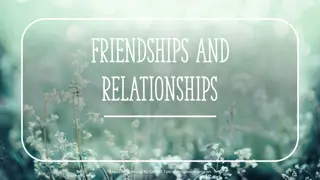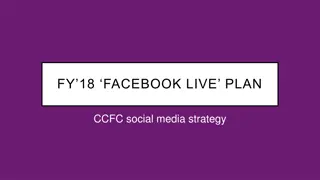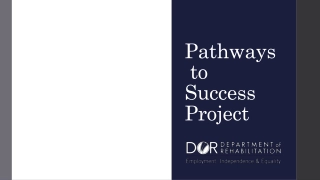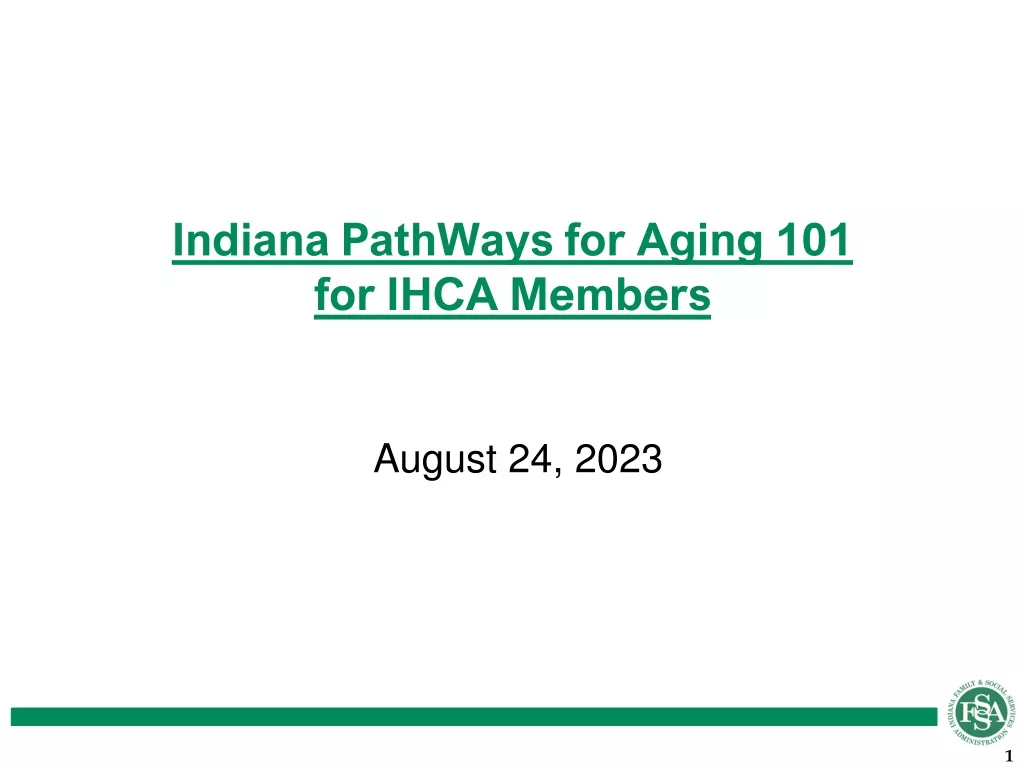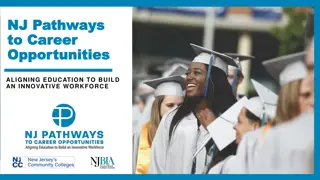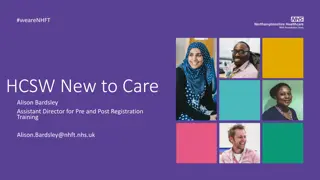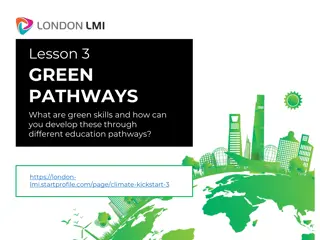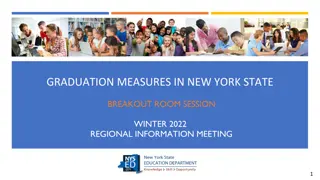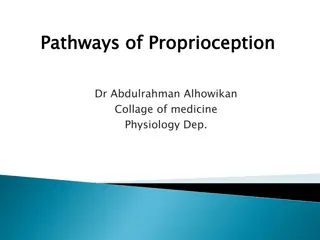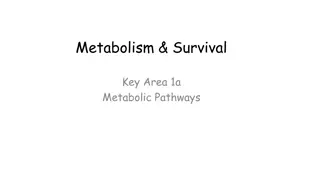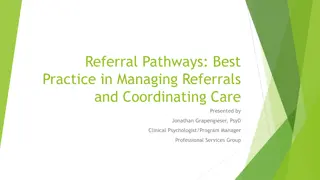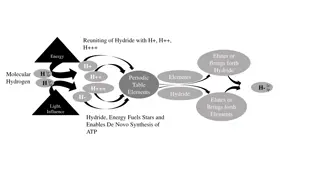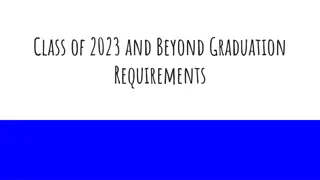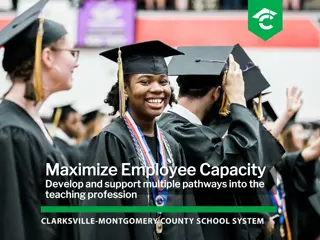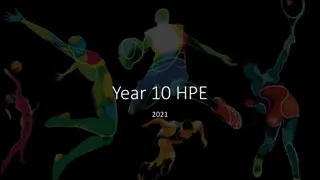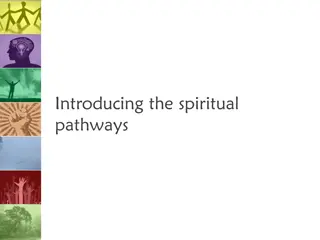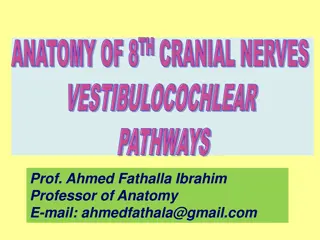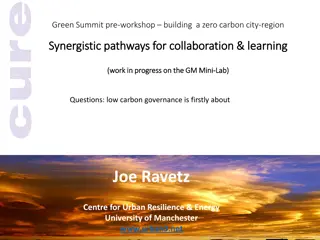Building Friendships Where You Live: Pathways to Inclusive Connections
Understanding the importance of community connections for people with disabilities, this resource promotes friendship beyond typical relationships. It explores the benefits of friendships, strategies for meaningful connections, and the impact of support in fostering friendships regardless of location.
Uploaded on Sep 23, 2024 | 0 Views
Download Presentation

Please find below an Image/Link to download the presentation.
The content on the website is provided AS IS for your information and personal use only. It may not be sold, licensed, or shared on other websites without obtaining consent from the author. Download presentation by click this link. If you encounter any issues during the download, it is possible that the publisher has removed the file from their server.
E N D
Presentation Transcript
MAKING FRIENDS WHERE YOU LIVE WHERE YOU LIVE Building Friendships Between People With and Without Disabilities Prepared by Widening The Circle; Pathways to Friendship, a partnership between The Arc of Massachusetts and Massachusetts Department of Developmental Services Follow us on Facebook and Social Media #PathwaystoFriendship
PURPOSES OF THE CLASS 1. To understand the importance of meaningful community connections and roles for people with disabilities and how these may lead to friendships with people who are unpaid, unrelated and who do not also have disabilities 2. To understand the negative impacts of isolation 3. To learn and share strategies that can help make these connections wherever someone may live 4. To demonstrate that friendships between people with and without disabilities can happen no matter where someone may live 5. Plan to put these discoveries into ACT ACTion!
What Does Friend Mean To You? Reciprocal Freely given Honesty- trusting/loyalty Grows over time
Friendship Beyond staff . Beyond family .. Beyond only other people who experience disabilities . Beyond the screen
What are the Benefits of Friendships? Friendships are critical to our quality of life People with friends are: HAPPIER HEALTHIER SAFER "Friendship improves happiness, and abates misery, by doubling our joys, and dividing our grief." MARCUS TULLIUS CICERO
We cant overestimate how important it is to support people in developing friendships. We are all responsible to support these pathways to friendships! How do we move forward? Manage our fears/risks? Rejection Hurt Failure Vulnerability .We must build bridges together
Exploring the Strategies 1. Know the person you support well. What are their hopes? What are their dreams? What is their life vision? What they are passionate about? What brings out the best in them? Who might they become? What gift do they bring to our world?
Tools http://thearcofmass.org/vinfensurvey/ Community Interest Survey Person Centered Planning (https://rtc.umn.edu/docs/pcpmanual1.pdf) http://mn.gov/mnddc//extra/publications/choice/Its_My_Choice.pdf https://www.lifecoursetools.com/lifecourse-library/foundational-tools/person-centered/ Creating a Circle of Support https://www.ric.org.au/learn-about/building-support-networks/circles-of-support/ http://www.imaginebetter.co.nz/building-my-tribe-circles-of-support/
2. Know places in the community well: Identify places of both formal and informal gathering Identify places where the person will be accepted just the way they are Know the people in the community well (connectors, welcomers, gatekeepers)
Who do we know? Where should we go? Identify who the person already knows and where relationships might be fostered or deepened? Background Map to record highlights of the personal life experience of the for us person and a look this or her family life and community life. This informs us o f major events and influences that impact the person including medical events, moves, births, deaths, beginnings and endings of work or school, transitions and other life changes. Relationship (People) Map People maps can help identify places where relationships can be built and people with whom relationships can be deepened.
3. Make person to person connections Be thoughtful about who might appreciate getting to know the person Consider who in the community might be seeking out a relationship with the person you support Identify persons who might be enlisted as community connectors
Presence, People, and Persistence People must be physically present with other community members and engaged in the same activities IN THE COMMUNITY Community is not about a physical place, its about the people This implies avoiding special groups and spaces because those in fact are segregated
Relationships take time Become a regular and create strong routines Be typical and prepared to fit in to the environment you are in If at first you don t succeed
Relationships and friendships can be found wherever we Live, Learn, Work, and Play Develop social skills Be a good neighbor Practice reciprocity 150 Things You can do to build community https://sites.hks.harvard.edu/saguaro/whatyoucando.html
Hospitality A welcoming appearance Welcoming furnishings Welcoming habits
MAXIMIZING MEANINGFUL COMMUNITY CONNECTIONS Instructions: Briefly write what, if anything, could be done in each situation to enhance the chances of developing relationships within your neighborhood/community. ___Going to a Block Party. ___Volunteering. ___Having a cookout with family and friends. ___Organizing a yard sale. ___ Going for daily walks in the neighborhood.
10 THINGS THAT EVERYONE CAN DO TO PROMOTE FRIENDSHIPS 1. Create Membership at school, work, and in the community 2. Identify Relationships you already have that can be deepened or that can connect you to new people and activities 3. Identify and Share your family member s Gifts and Interests 4. Identify Places where people with similar interests regularly gather 5. Identify Environments and supports that allow your child/someone you support to shine 6. Find Bridge makers people who can connect your child/someone you support to others 7. Teach Others what they need to know about your family member/someone you support 8. Emphasize Similarities and Gifts 9. Invite People into your life and home or those of someone you support 10. Use Your IEP, ITP, ISP
Commit to ACT ACTion!
We must delight in each other, make others conditions our own, rejoice together, mourn together, labor and suffer together, always having before our eyes our commission and community in the work, our community as members of the same body. JOHN WINTHROP


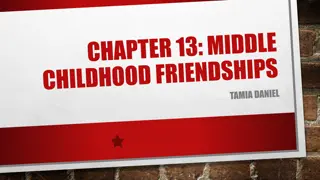
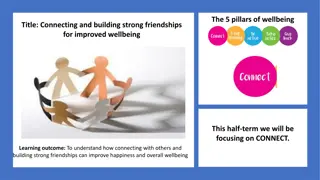
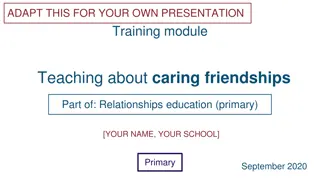
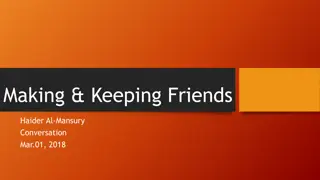
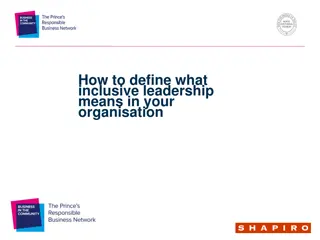
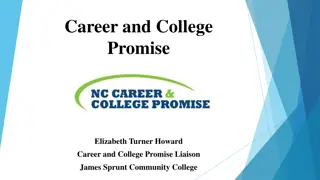
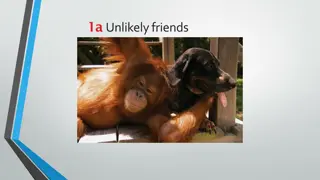

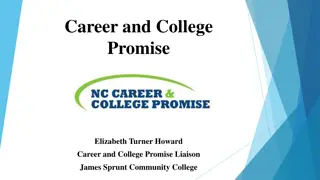
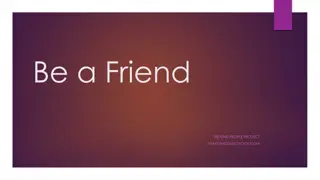
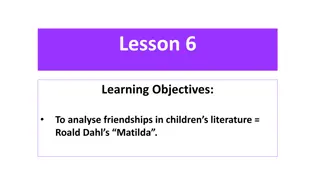
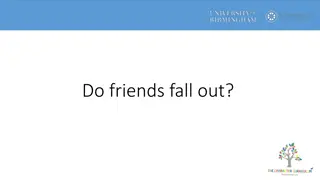
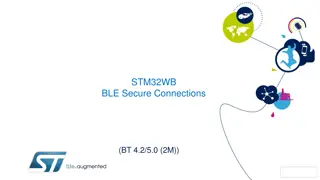
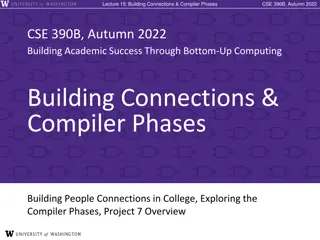
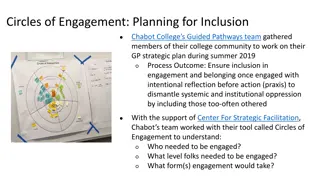
![Explore the Exciting World of Live Music Through [Insert Town/City] Census!](/thumb/148894/explore-the-exciting-world-of-live-music-through-insert-town-city-census.jpg)

